A look back at what life was like in Melbourne in the 1980s
The Swans shifted to Sydney, the trains were empty, street art was just taking off, and all eyes were glued on two big weddings. Step back a few decades to Melbourne in the 1980s.
Lifestyle
Don't miss out on the headlines from Lifestyle. Followed categories will be added to My News.
When New York street artist Keith Haring first visited Melbourne in the summer of 1984, he made his mark on the city in the form of a giant mural in Johnston Street, Collingwood.
It remains one of the Melbourne’s earliest and most significant works of graffiti art; a precursor to the internationally renowned street art scene we have today.
The mural is also one of the showpieces of the NGV’s blockbuster summer exhibition, which presents Haring’s work alongside that of his contemporary Jean-Michel Basquiat as two of the most influential artists of the late-twentieth century.
Before Keith Haring/Jean-Michel Basquiat: Crossing Lines opens on December 1, take a look at some of the other major events and trends that defined life in Melbourne during the 1980s.
MAJOR EVENTS IN MELBOURNE IN THE 1980S
The year 1980 brought with it Australia’s first IVF baby, born in Melbourne, and Victoria became the second state to decriminalise homosexuality.
In 1981, we were glued to our television screens to watch the wedding of Prince Charles and Lady Diana Spencer, with about 40 per cent of the Australian population tuning into the broadcast.
In 1982, John Cain became the 41st Premier of Victoria, a position he would hold until 1990 as leader of the Labor Party.
Australia was also in the grips of one of its worst droughts of the 20th century, and on February 8, 1983, Melbourne was hit by a massive dust storm.
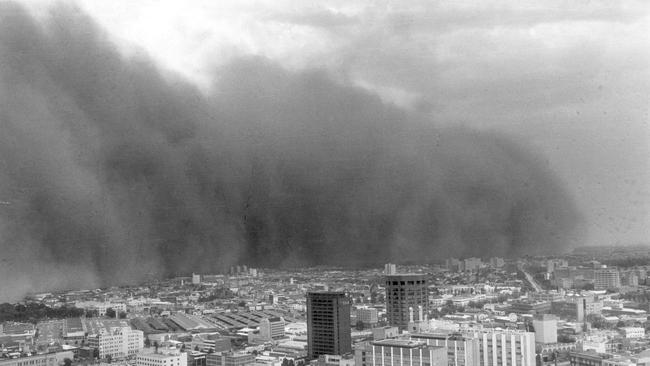
Eight days later, the Ash Wednesday bushfires caused widespread death and destruction across Victoria and South Australia.
It was also the year that Prince Charles and Princess Diana made their first visit to Melbourne, with baby William in tow, as part of a royal tour of Australia.
In 1984, Melbourne and Sydney were in the grips of the HIV/AIDS crisis, and the brutal kidnapping, rape and murder of six-year-old Preston schoolgirl Kylie Maybury put the city on high alert.
The following year, the ‘greening’ of Swanston St shut down the normally traffic-clogged thoroughfare and drew an estimated 500,000 people to party on the freshly laid grass. The MCG’s iconic light towers also flickered on for the first time for a World Championship of Cricket match between Australia and England, a showdown which Australia won.

In 1987, Melbourne was rocked by two of Australia’s worst mass shootings, less than six months apart. On August 9, 19-year-old Julian Knight opened fire in Hoddle St, Clifton Hill, shooting randomly at motorists and pedestrians, killing seven people and injuring 19.
Then on December 8, eight people were killed in the Queen Street massacre when law school dropout Frank Vitkovic entered the Australia Post offices on Queen Street and started shooting employees.
TRANSPORT IN MELBOURNE IN THE 1980S
If you regularly spend your morning commute on an overcrowded train carriage with your face in somebody else’s armpit, your happy place might well be Melbourne’s public transport network during the 1980s, when almost nobody was using it.
Cars were the preferred way to get around, as the extensive freeway network recommended in the 1969 Melbourne Transport Plan — Tullamarine, Calder, Eastern, Monash and West Gate freeways — began to take shape.
Train passenger numbers halved from the post-war peak, dropping to just 86 million journeys per year even though the population had doubled.
Despite this, the 1980s also saw the completion of one of Melbourne’s biggest rail projects; the City Loop.
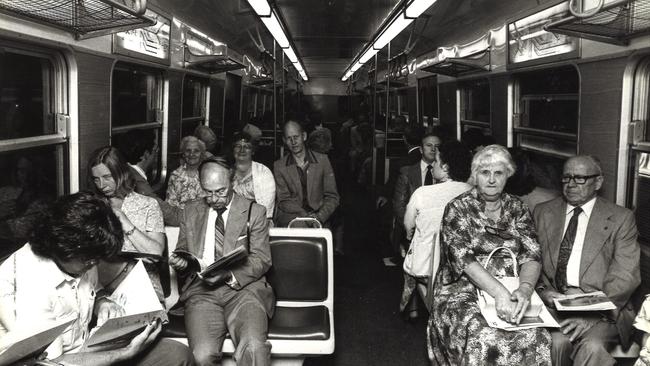
Work began on the Melbourne Underground Rail Loop in mid-1971, but it took just under a decade before regular services commenced through the tunnel with the opening of Museum Station (now Melbourne Central) in January 1981.
Parliament Station opened in 1983, and Flagstaff in 1985, completing the City Loop we know (and sometimes love) today.
SPORT IN MELBOURNE IN THE 1980S
Aussie rules might be one of the oldest football codes in the world, tracing its origins back to Melbourne’s private schools in the 1850s, but the 1980s was the decade that we cemented its status as our national sport.
In 1982, while rugby league still reigned in NSW and Queensland, the struggling South Melbourne Swans made the unprecedented move north to Sydney to become the first professional team outside of Victoria.
Two other interstate teams were added to the fold in 1987 — the West Coast Eagles and the Brisbane Bears and the VFL became the Australian Football League in 1990.
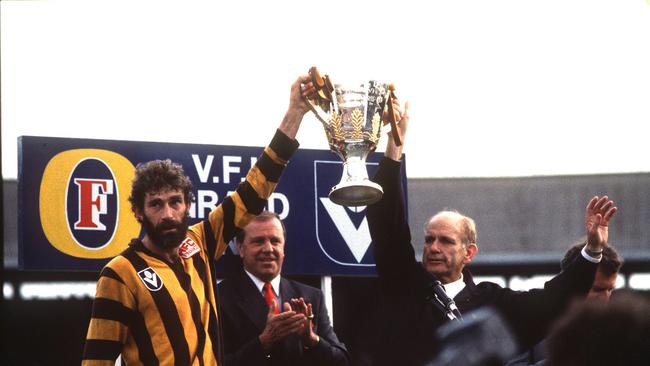
Hawthorn, Essendon and Carlton dominated on the field, and Hawthorn’s brutal win against Geelong in the 1989 Grand Final is still considered one of the most thrilling of all time.
In cricket, Trevor Chappell’s infamous underarm bowling incident against New Zealand at the MCG in 1981 almost ignited a trans-Tasman war and the tennis had a change of scenery with the Australian Open making the move from Kooyong Tennis Club to Flinders Park — now Melbourne Park.
CRIME IN MELBOURNE IN THE 1980S
Melbourne’s law enforcement came under attack in 1986, when a car bomb was detonated outside police headquarters on Russell St at 1pm on March 27. Constable Angela Taylor, 21, who was crossing the street at the time to buy some lunch, became the first policewoman in Australia to be murdered in the line of duty.
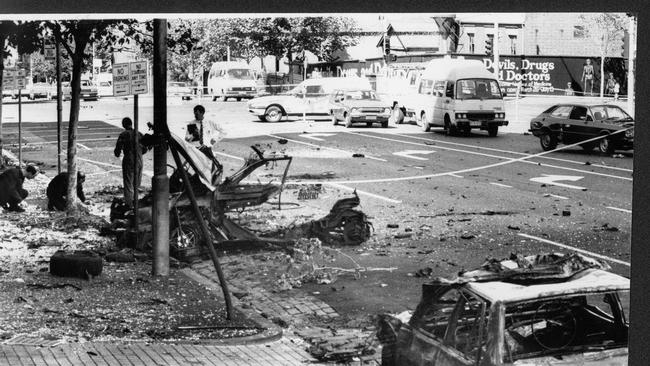
The force was targeted again on October 12, 1988, when Constables Steven Tynan, 22, and Damian Eyre, 20, were gunned down in Walsh St, South Yarra.
Mr Cruel, Australia’s most prolific serial rapist, embarked on his reign of terror in Melbourne’s eastern suburbs, kidnapping and sexually assaulting up to 12 children between 1985 and 1995. He has never been caught.
MELBOURNE’S ARTS AND ENTERTAINMENT IN THE 1980S
The first glimpses of New York’s thriving street art scene arrived here in Melbourne in the form of Keith Haring’s famous mural on the former Collingwood Technical College, which he painted on a visit to Australia in 1984.
The artist signed his name on a service door below the wall, but it was stolen around the time of his death from an AIDS-related illness in 1990. The door was anonymously returned to Creative Victoria in 2003, and will be publicly displayed for the first time as part of the Keith Haring/Jean-Michel Basquiat: Crossing Lines exhibition at NGV.
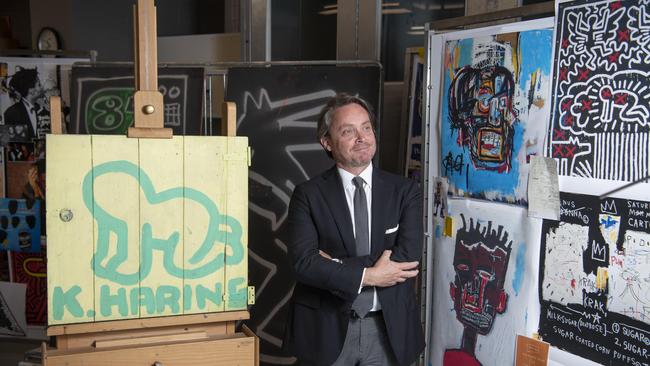
Australian rock bands such as Midnight Oil, INXS and Cold Chisel dominated the charts in the early 1980s, while dance music made its mark in the middle of the decade from the likes of Melbourne band Pseudo Echo who had the hit Funky Town.
Molly Meldrum’s Countdown remained a tastemaker, helping to launch artists such as Madonna Down Under.
The launch of MTV also offered greater exposure to American and European artists such as Michael Jackson, Bruce Springsteen and Rick Astley. If you need a throwback, check out Rick Astley performing alongside Norwegian pop trio A-Ha at A Day on the Green at Rochford Wines in February 2020.
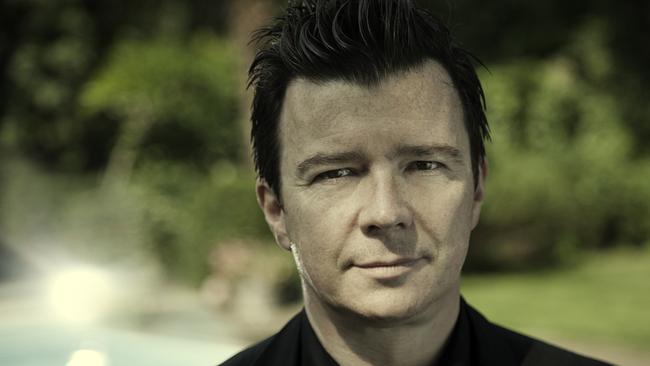
The local film industry was well represented with Australian titles Breaker Morant (1980), Mad Max II (1982), Crocodile Dundee (1986) and Dead Calm (1989) finding success both at home and abroad.
We were also glued to our television sets as the VCR went mainstream, while A Country Practice, Neighbours, Sons & Daughters, The Flying Doctors and Prisoner ruled the free-to-air-waves.
FOOD AND DRINK IN MELBOURNE IN THE 1980S
Before we were waiting two hours for a table at Chin Chin or wading through the 14-course degustation at Attica, one of the hottest tables in town was at a French bistro in Collingwood called Clichy, owned by TV chef Iain ‘Huey’ Hewitson and Sigmund Jorgenson.
MORE NEWS:
KEITH HARING, JEAN-MICHEL BASQUIAT HEADLINE NGV SUMMER
THE ULTIMATE MELBOURNE STREET ART COLLECTION
A LOOK BACK AT MELBOURNE FINE DINING IN THE 1970s AND 1980s
Clichy dished up fine French cuisine to the tune of veal pate, chicken terrine and lamb brains in a hazelnut and port cream sauce. Despite the French connection, Victorian winemakers dominated the drinks list, which was a first for a Melbourne restaurant.
In 1986, competition emerged south of the river in the form of Toorak Road’s Parisian-style bistro France Soir, lauded for its pepper steak, pomme frites and a 3000-bottle strong wine list and beloved by diners to this day.
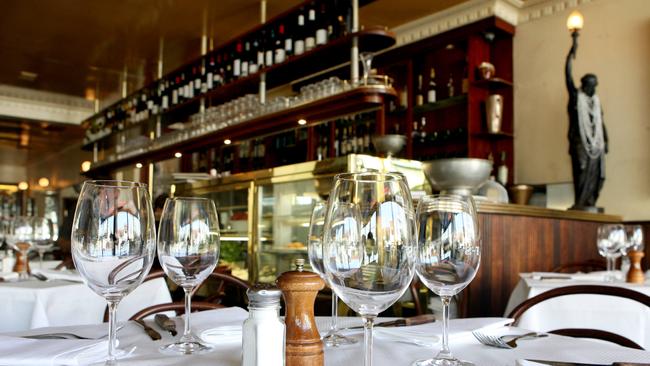
But it wasn’t all frogs legs and snails on Melbourne’s menu.
Other restaurants making waves during the ’80s included Flower Drum’s innovative Chinese dishes and Rosati, Ronnie Di Stasio’s colourful Italian eatery and a lone wolf on Flinders Lane’s then non-existent dining scene.
It’s difficult to picture now, but Melburnians looking for a tipple out on the town had two options: spring for a meal at a restaurant or head to a pub.
That changed in 1989 with the opening of Dog’s Bar in St Kilda, which became Melbourne’s first modern wine bar.
Keith Haring/Jean-Michel Basquiat: Crossing Lines. NGV International. Opens December 1. A-ha will perform their debut album Hunting High and Low in full at A Day on the Green, Rochford Wines, February 22; and Margaret Court Arena, February 23. Rick Astley will be special guest throughout their Australian tour.
